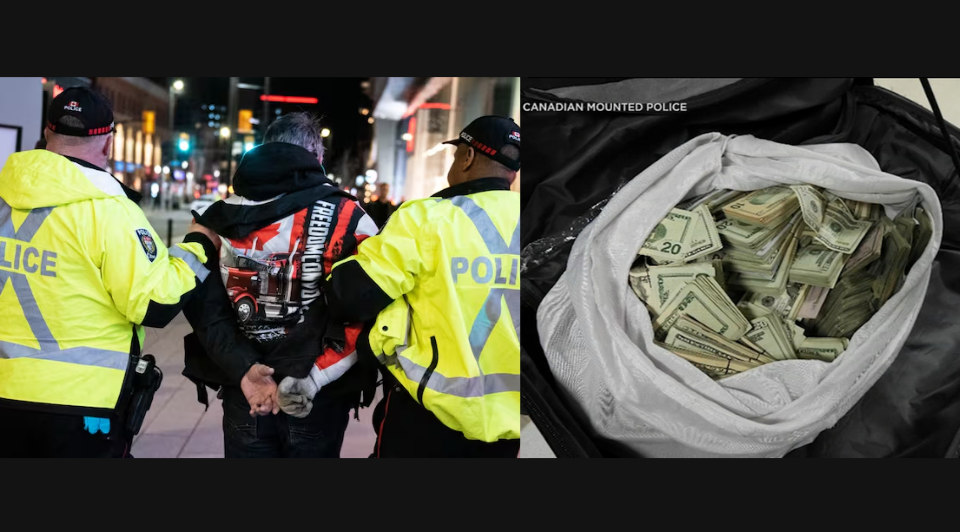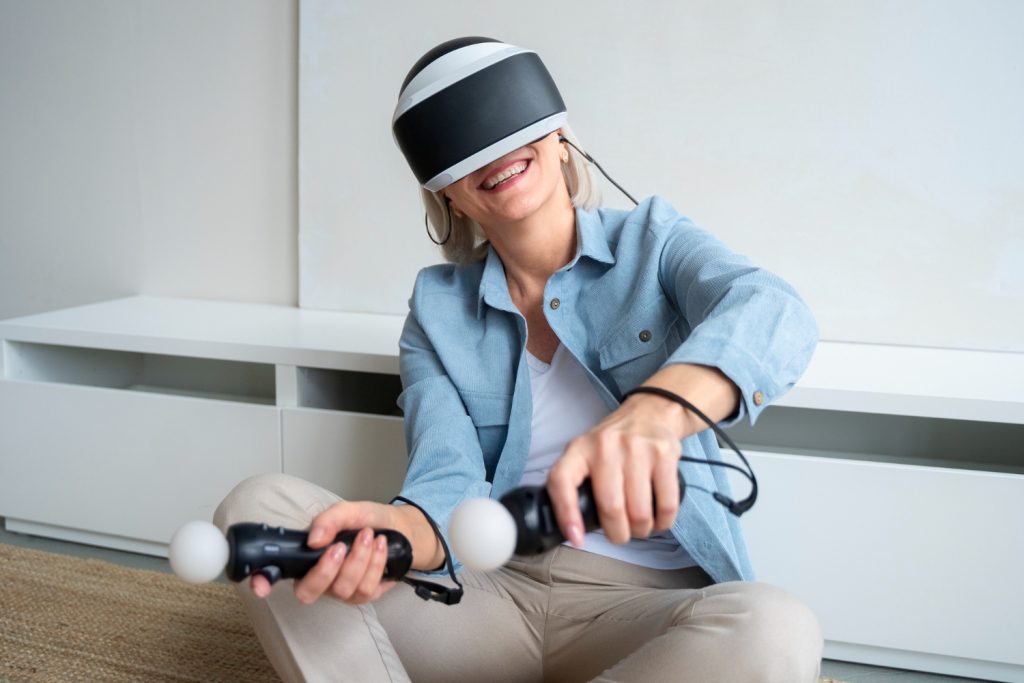Now Reading: Cities of the Future: How Urban Planning Is Improving Quality of Life Today
-
01
Cities of the Future: How Urban Planning Is Improving Quality of Life Today
Cities of the Future: How Urban Planning Is Improving Quality of Life Today

Ever wondered what our cities might look like a few decades from now? Well, urban planners are already working on exciting ways to make urban living more convenient, sustainable, and enjoyable. From high-tech public transportation systems to lush green spaces integrated into cityscapes, these innovations are transforming how we live, work, and play.
Imagine cities designed to reduce pollution, conserve resources, and promote community interaction—all while making daily commutes shorter and more comfortable. It’s not just about fancy new buildings; it’s about rethinking how entire neighborhoods function to support healthier lifestyles, boost local economies, and protect our environment.
Smart cities of the future are all about integrating technology and nature seamlessly. Think of sensor networks that monitor air quality and traffic, helping traffic flow better and reducing congestion. Buildings equipped with energy-efficient systems that adapt to weather conditions, saving precious resources. And streets lined with trees and green roofs that provide shade, improve air quality, and create tranquil spaces amidst urban hustle.
The goal? Creating vibrant, resilient, and efficient spaces that cater to our needs today while anticipating future challenges. This is urban planning at its best—turning bold ideas into practical solutions that not only look good on paper but also make a real difference in our everyday lives.
Innovative Solutions and Community-Centered Designs: How Urban Planning Is Making Our Cities More Livable, Accessible, and Thriving Places for All Residents
So, what are some of these cool solutions making a difference right now? And how do they make cities better for everyone? Let’s dive in.
1. Green and Blue Spaces for Better Living
Cities are increasingly incorporating parks, community gardens, and water features into their layouts. Not only do these green and blue spaces provide a much-needed escape from concrete jungles, but they also help manage stormwater, lower urban temperatures, and boost mental health. Projects like Toronto’s waterfront revitalization or Seoul’s Cheonggyecheon Stream redevelopment show how transforming underused areas into lively, natural spaces benefits the entire community.
2. Mixed-Use Development and Walkability
Gone are the days of sprawling suburbs where everything is miles apart. Today’s urban planners focus on creating mixed-use neighborhoods—areas where people can live, work, shop, and play without long drives. Narrower streets, dedicated bike lanes, and pedestrian-friendly sidewalks encourage walking and cycling, reducing vehicle emissions and fostering local interactions. Cities like Copenhagen and Amsterdam are prime examples of this approach, turning mobility into a fun and healthy activity.
3. Smart Public Transportation
Public transit is getting a high-tech makeover. Cities are investing in electric buses, automated trains, and integrated systems that make catching a ride easier, faster, and cleaner. Real-time tracking apps allow passengers to see when the next bus or train arrives, reducing waiting times and confusion. This not only cuts down on traffic but also makes urban life more accessible for those who don’t own cars—think seniors, students, and low-income residents.
4. Inclusive and Accessible Design
A city is only as good as it is for all its residents. Modern urban planning emphasizes accessibility—for people with disabilities, the elderly, parents with strollers, and everyone in between. Features like curb cuts, tactile paving, and multilingual signage ensure that public spaces are welcoming and usable for everyone. Plus, involving communities in the planning process helps create neighborhoods that truly reflect the needs and desires of diverse populations.
5. Technology and Data-Driven Planning
Data is the new gold in city planning. Sensors and big data help officials monitor traffic patterns, energy use, and even crime hotspots, leading to smarter decision-making. For example, adaptive street lighting can conserve energy by brightening only when needed, and predictive maintenance of infrastructure prevents costly breakdowns. These tech-savvy strategies help cities operate more efficiently and sustainably.
6. Resilience and Climate Adaptation
With climate change bringing more storms, heatwaves, and rising sea levels, cities are planning for resilience. This includes building flood defenses, designing buildings that can withstand extreme weather, and planting more trees to shade and cool urban areas. Vancouver and Rotterdam are leading the way with innovative flood protection systems that protect neighborhoods while maintaining access and livability.
Conclusion
The future of our cities is in good hands. Urban planning is evolving from merely designing buildings to creating comprehensive ecosystems that support healthy, accessible, and vibrant communities. By blending innovation with community needs, future cities aren’t just about looking impressive—they’re about making everyday life better for everyone. As these trends continue to grow, we can look forward to living in cities that are not only smarter and greener but also places where everyone feels at home. That’s the kind of city of the future worth working toward—today.
























